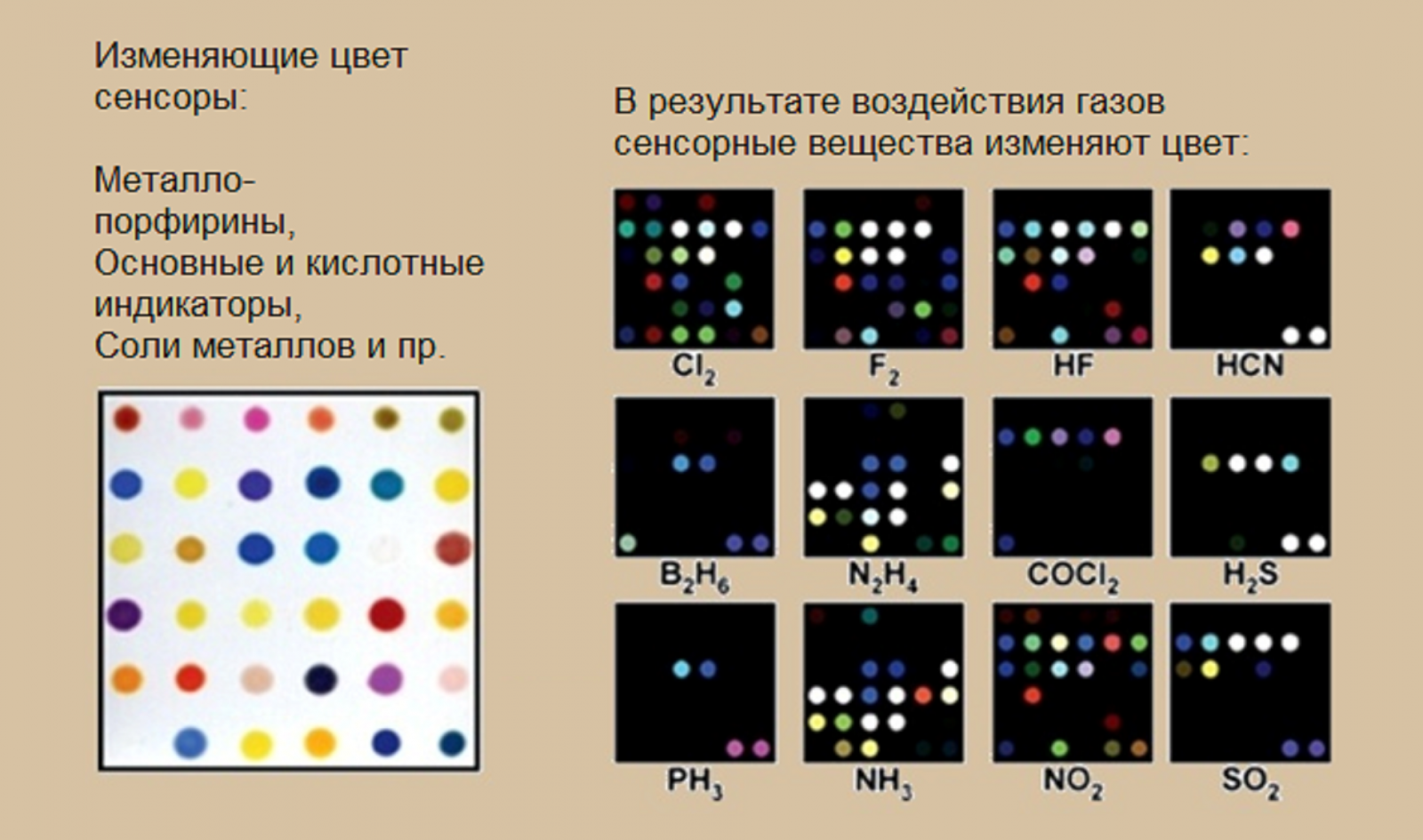Nowadays environment’s acidification is a very pressing matter not only on the Ural. Accumulated acid gases promote acid rains’ formation. Their influence increases the acidity level in water bodies, which is fatal for fish, amphibians, insects and bacteria.
Participating in the competition "Intellectual Breakthrough", held at SUSU within the framework of Project 5-100, a team of employees of the SUSU Chemistry Faculty and the Faculty of Material Science and Metallurgical Technologies presented the innovative project "Porous carbon materials doped with nitrogen".
.jpg)
As a result of thermolysis of a mixture of such low-cost materials as pitch and melamine, a carbon material with high nitrogen content was obtained in the laboratory, which resulted in the acquisition of special chemical and physical properties. The material can be used as a sensor in gas analyzers, since it is more sensitive to acid gases (HCl, SO2, SO3, etc.) due to the nitrogen’s ability to form stable compounds with such gases. The attachment of gas molecules to the surface of the material alters its electrical resistance.
In combination with other materials sensitive to different types of molecules, it becomes possible to create inexpensive devices which thoroughly analyze the composition of air, the so-called "electronic noses". Nowadays there is a tendency to reducing the size of devices such as "electronic nose", and over time they will not be larger than a flash card.

The figure shows an example of a matrix of several tens of sensory materials, each of which gives a response to a narrow group of substances in the form of a sensor color change (the direction developed in Chicago (USA) by Professor Kenneth S. Suslick). The analysis of the response makes it possible to identify impurity in the gas more accurately. The resistance of materials also changes in the presence of various gases.
The project "Porous carbon materials doped with nitrogen" is quite difficult, it possesses complex, interdisciplinary character and requires knowledge of specialists from various scientific fields. The project’s team includes employees of several faculties, who combined their knowledge in the field. The initiator of the research is a senior research associate of the Department of Material Science and Physical Chemistry of materials, engineer of REC "Nanotechnologies", Candidate of Chemical Sciences Dmitriy Zherebtsov. Also the project’s team includes: a specialist in the chemical technology of carbon materials, associate professor of the Department of Ecology and Chemical Technology, Candidate of Chemical Sciences Ksenia Smolyakova, a specialist in physical methods of research, associate professor of the Computer Modeling and Nanotechnology Department, Candidate of Physical and Mathematical Sciences Sergei Morozov, an expert in adsorption research, post-graduate student of the Department of Ecology and Chemical Technology Roman Morozov, young researchers – graduate students of the Department of Material Science and Physical Chemistry of Materials - Ruslana Yantsen (P-143), Department of Ecology and Chemical Technology Rail Nurgalin (ET-243), Department of Ecology and Chemical Technology Nikita Devyatkov (ET-333), Polina Babina (ET-453), Victoria Rubleva (ET-453).
.jpg)
In addition to the SUSU employees, specialists in the magnetic and spectral properties of materials, graduates of SUSHPU Dmitriy and Vladimir Zhivuliny also take part in the work. Professor Hua Shu Shu of the Taiwan’s Pingtung University and a Post Doctoral Researcher Ivan Zakharchuk from the Lappeenranta University of Technology (Finland) conduct more detailed magnetic measurements on the samples obtained in cooperation with the SUSU laboratory. Their research in the future will go beyond the scope of the "electronic nose", as the research results can be used in electronics and solar energetic.
Nowadays the topic of carbon-nitrogen materials is extremely relevant all over the world. An important contribution to its development is made by the scientific teams of SUSU NRU. In the nearest future, the team of the "Porous Carbon Materials Doped with Nitrogen" project will be joined by other highly qualified scientists of the University.
Thanks to research of porous carbon materials doped with nitrogen, SUSU scientists make a significant contribution to improvement of devices such as "electronic nose", aimed at controlling emissions in the atmosphere. The control of emissions, in turn, gives an opportunity to proceed to their substantial reduction and improve the ecological state of our planet in the future.
.jpg)




